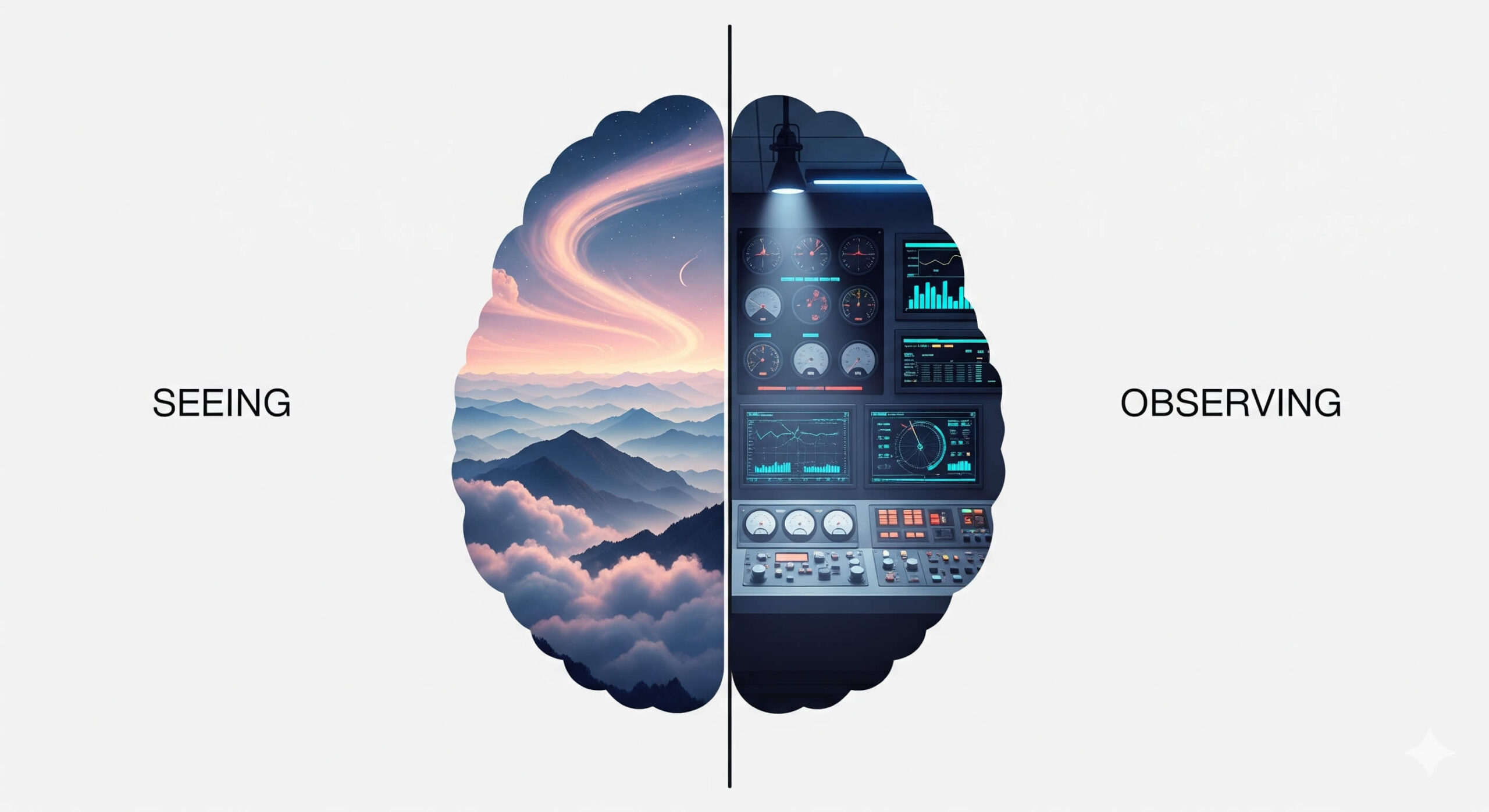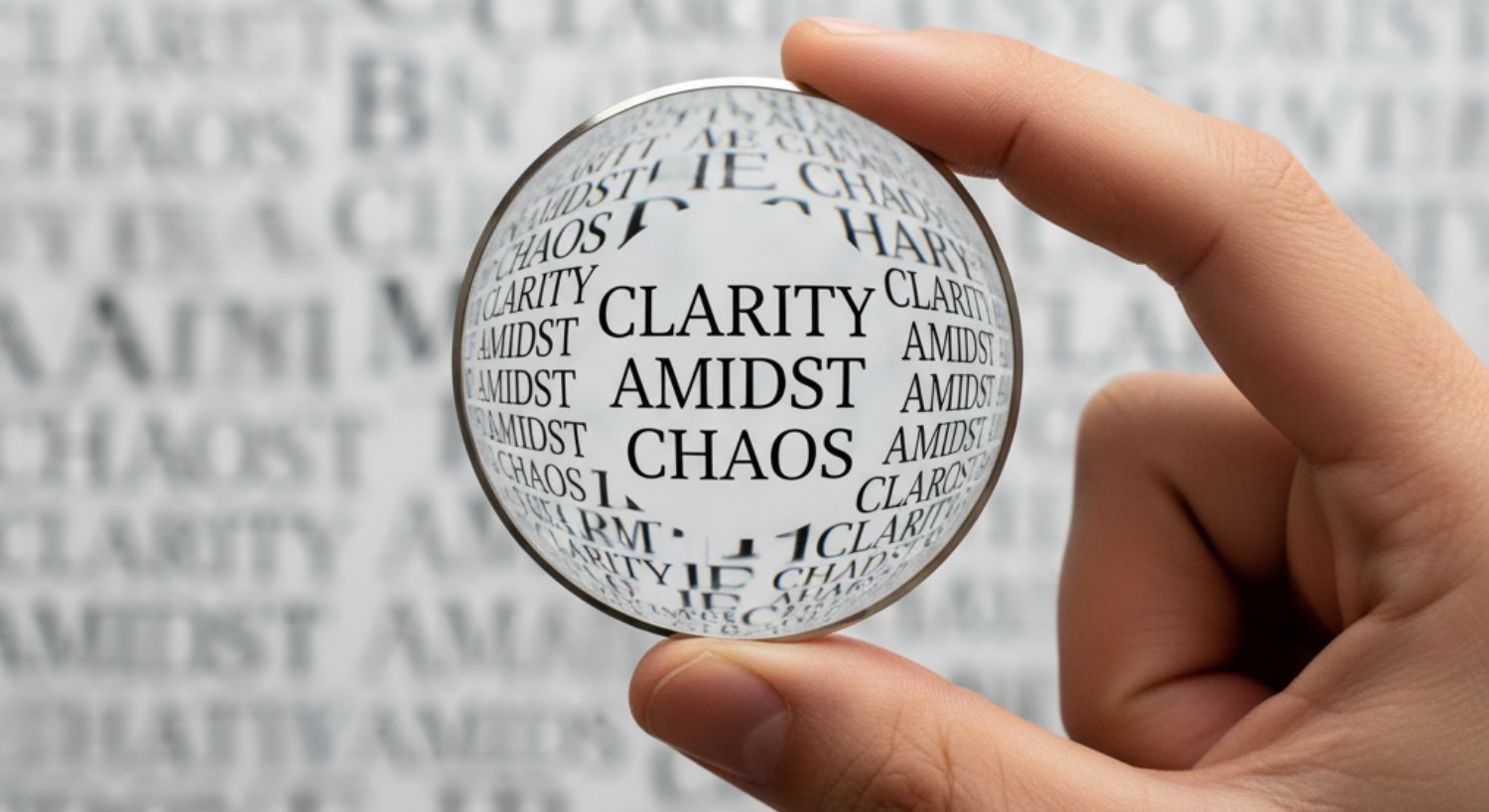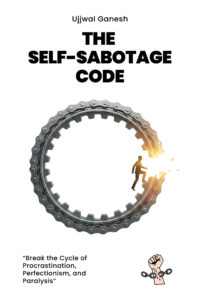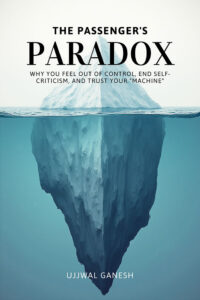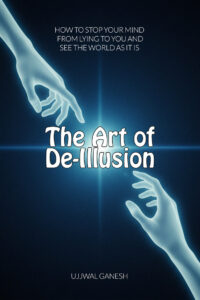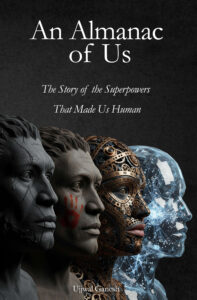A manager walks into a team meeting on a Friday afternoon. The energy in the room is low; the team is visibly exhausted after a long, difficult week. Wanting to connect, the manager says, “I know everyone’s tired, but the numbers look great. Let’s just push through and finish strong!”
He thinks he’s being empathetic. He acknowledged the team’s fatigue, right? But the team doesn’t feel seen; they feel dismissed. A chasm has opened up between them – an “empathy gap.” The manager stated a fact (“you’re tired”), but he failed to connect with the feeling behind it.
This scenario is incredibly common in our personal and professional lives. We often treat empathy as a vague, passive feeling we’re either born with or not. We believe it’s a “soft skill” that’s nice to have but impossible to train.
This is fundamentally wrong.
Empathy is not a mystical gift. It is a practical, observable, and most importantly trainable skill. It is the direct outcome of your ability to pay close, deliberate attention to another human being. It is a skill built not on feeling, but on observing.
Redefining Empathy: From a Feeling to a Skill
The common definition of empathy – “feeling what others feel” – is incomplete. It captures the result but ignores the process. A more accurate and useful definition is this: Empathy is the skill of accurately observing another person’s emotional and cognitive state to create a shared understanding.
The neurological hardware for this skill, as we explored in our discussion on the Brain’s Mirror, is your mirror neuron system. These remarkable cells are the engine of empathy, allowing your brain to simulate the experiences of others. But an engine is useless without fuel.
Observation is the fuel for your brain’s mirror.
Without the rich data gathered from focused observation—watching a person’s facial expressions, listening to their tone of voice, noticing their posture—your mirror neurons have nothing to work with. Your ability to connect is directly proportional to your ability to see.
The 3 Levels of Empathy: A Framework for Practice
To build this skill, it helps to break it down. Drawing from the work of renowned psychologists like Daniel Goleman, we can understand empathy as having three distinct, trainable levels.
Level 1: Cognitive Empathy (Understanding Their Perspective)
This is the intellectual level. It’s the ability to understand what another person is thinking and to see the world from their point of view. This is the foundation of all good communication and negotiation.
- What it is: Perspective-taking.
- Observational Skill: This level relies on observing the facts and context of a situation. You are listening to their words, understanding the pressures they are under, and analyzing the logic of their position. It is the “Sherlock Scan” applied to another person’s mind.
Level 2: Emotional Empathy (Feeling With Them)
This is the visceral, heartfelt level of connection. It’s the ability to feel a shadow of what another person is feeling. This is the level that builds deep trust and rapport.
- What it is: Shared feeling.
- Observational Skill: This level relies almost entirely on observing non-verbal data. Your mirror neurons are fueled by the information you gather from their tone of voice, the micro-expressions on their face, and the tension or ease in their body language.
Level 3: Compassionate Empathy (Being Moved to Help)
This is the highest and most active form of empathy. It combines the understanding of Level 1 and the feeling of Level 2 and translates them into action. It’s not just seeing someone in a hole; it’s feeling the desire to help them find a ladder.
- What it is: Understanding + Feeling + Action.
- Observational Skill: This level relies on observing the unspoken need behind the emotion. It’s about looking past their frustration or sadness to see what they truly need in that moment—is it advice, support, or just a listening ear?
Your Empathy Workout Plan: Exercises for Each Level
Like any skill, empathy strengthens with practice. Here is a simple workout plan with one exercise for each level.
Exercise for Cognitive Empathy: Practice the “5 Whys”
When someone presents you with a surface-level problem or emotion (e.g., “I’m so frustrated with this project”), don’t take it at face value. Mentally practice asking “Why?” five times to drill down to the root cause.
- “She’s frustrated.” Why? “Because the deadline is too tight.”
- Why? “Because she’s waiting on data from another department.”
- Why? “Because that department is understaffed.” …and so on.
This exercise trains your mind to look beyond the surface and understand the complex web of factors shaping another person’s perspective.
Exercise for Emotional Empathy: Watch a Movie with the Sound Off
This is a pure workout for your mirror neuron system. Choose a short, emotionally charged scene from a film you know well. Mute the volume. Your only task is to try and understand what the characters are feeling based solely on their body language, facial expressions, and interactions. This forces you to stop relying on words and start reading the rich, non-verbal language of emotion.
Exercise for Compassionate Empathy: Ask the “Helpful Question”
When someone shares a problem, our immediate instinct is often to jump in with solutions (“You should do this!”). This can feel invalidating. To practice compassionate empathy, replace your advice with one simple, empowering question:
“That sounds really difficult. What would feel most helpful to you right now?”
This question is transformative. It honors their expertise on their own life, stops you from making unhelpful assumptions, and shifts the dynamic from “fixing” to “supporting,” which is the essence of true compassion.
Empathy Is a Choice
Empathy is not a passive mood that washes over you. It is an active skill. More than that, it is a conscious and deliberate choice – the choice to aim your attention at another person with genuine curiosity and care.
In a world that constantly pulls our focus inward toward our own anxieties and outward toward digital distractions, choosing to truly observe another person is a revolutionary act. It is the most powerful tool we have to build bridges, lead effectively, and cultivate a deeply meaningful life.
This is the true power of your observational skills. To get the complete manual for honing your attention and applying it to every facet of your life, you can explore the complete set of frameworks and exercises in my book, The Observation Effect.

